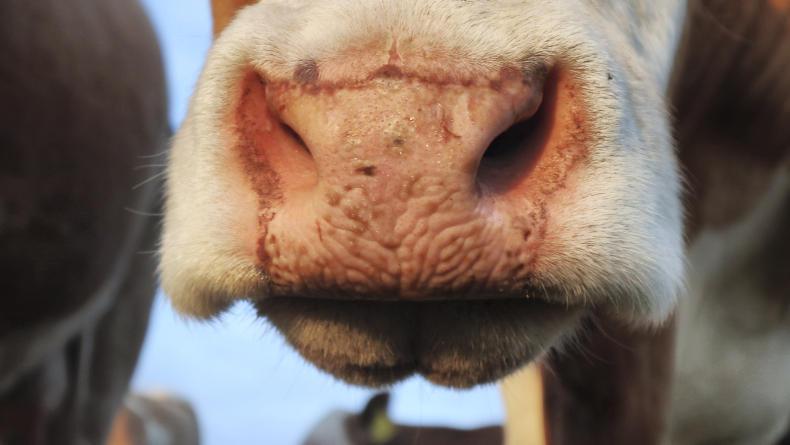Breeding is moving into the final run and scanning is on the horizon. The plan is to scan the cows that were artificially inseminated and leave the stock bull with those that are longest in calf. That tends to keep them all settled. We used to put the bulls on their own before but they are more content in a herd and easier to manage.
With cows coming to the yard soon, I’ll look to do some faecal egg counts on the calves to see if there is a need to worm them. To date, they haven’t been wormed and if results come back with low counts they’ll stay that way and there will only be a need to run the cows through the crush.
I find the mornings are the best time to get the samples and head to the lab once that’s done
Our vet has been proactive in getting me to do this as part of the herd health plan and reduce the risk on anthelmintic resistance becoming an issue on the farm.
The process is straightforward. I head for the paddocks armed with containers and gloves. Sometimes a bit of patience is required too but generally there’s enough samples got within a few minutes. I find the mornings are the best time to get the samples and head to the lab once that’s done.
I’ll hold off testing the finishing heifers unless they display any symptoms. To date, they’re thriving well with no coughing and are clean behind so unless any issues arise they’ll be left alone and checked later in the autumn.
EID tags for cattle
I’m in two minds about the news of the potential introduction of EID tags for cattle. It will be useful at marts, factories and to those buying in a lot of cattle or farmers with automatic feeding but I can’t see the benefit I would have from using them, as someone who tries to run a simple system and with a great memory of tags and of who is who in the herd.
It’s not that I’m anti-change but I would have thought the move to a second tissue tag would make more sense. At least it would be more beneficial to the farmer.
Genotyping at birth could offer more benefits in terms of animal efficiency gains at a time when that’s what’s required
With a crossover of bulls here during breeding season I’ve had the wrong sire recorded a few times but thankfully it shows up corrected after the animals are genotyped. Unfortunately, they are often 14 months of age at that point. Genotyping at birth could offer more benefits in terms of animal efficiency gains at a time when that’s what’s required. With around 15% of calves registered nationally showing sire errors, having the correct information available would provide better breeding data highlighting what bulls are doing well and those that aren’t. I think there would be a wider benefit from a tissue test tag than EID but it’s likely for labour efficiency beyond the farm gate will be prioritised.
I know that the ICBF has a pilot regarding DNA calf registering that is well under way and it has said that DNA registering is not only possible but feasible.






 This is a subscriber-only article
This is a subscriber-only article










SHARING OPTIONS: